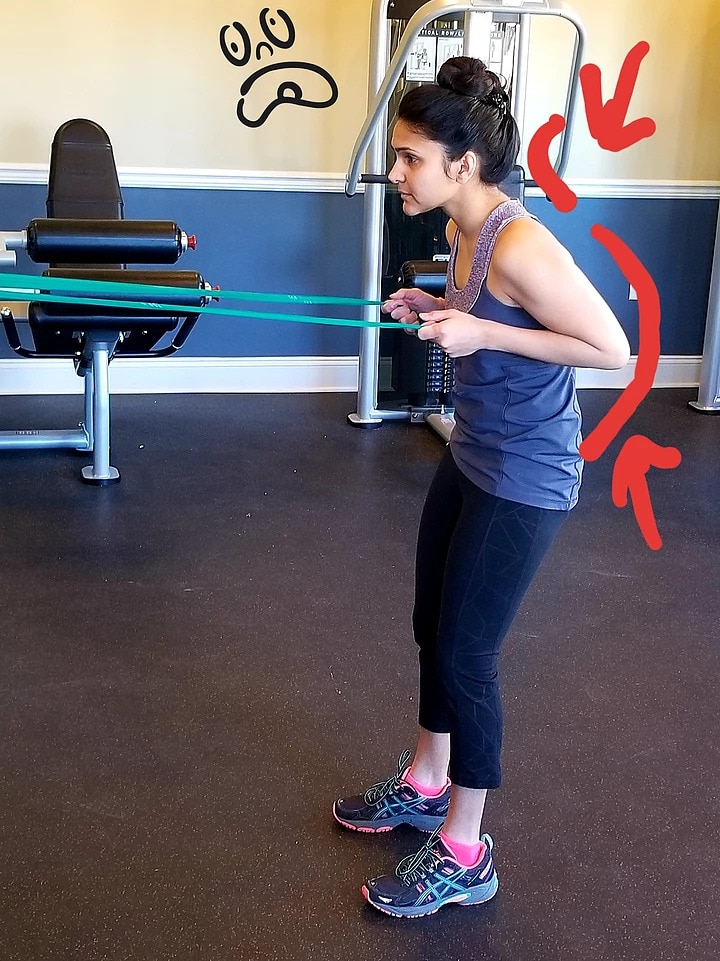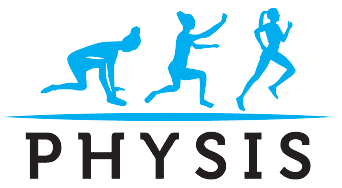How many times have you heard, “sit upright, shoulders back, tuck belly in, keep your spine straight and tuck your chin”. So you try hard, get into the position and start typing away on your computer, engaged in your work, only to realize 15 minutes later, wait a second!! You are back slumping on your desk. Why? You are trying so hard and yet not able to get into the “right posture”. You may notice this bad posture is just not when sitting at a desk but also when standing, lifting heavy items, caring for a young child, having dinner, cooking or just plain relaxing.
That is because Posture is a product of unconscious mind and training not something you think about every single upright minute. If you consciously try and force your shoulders back, you will get into good posture, just until, your mind is distracted by the numerous to-do lists, traffic issues, car troubles and why the friggin house key is in your back pocket while you are holding the 7 grocery bags, currently cutting the circulation to your hands. The bottom line, you need to retrain your muscles to acquire/gain that function over a period of time so that it becomes an unconscious habit for you.
Great so now you know, you want to get good posture and second it is not happening by remembering once in a while to sit upright or using a back support. So what does retraining really mean?
Why don’t we discuss a little about how we get trained into a bad posture first.
Over time, we use our bodies in certain patterns so our muscles get used to firing a certain amount. We also have taught our bodies to primarily rely on certain muscles and avoid using other ones.
For example, if you are used to sitting with your neck forward, the muscles in the front of the neck gets tight and “overused”. Groups of muscles work together in what is called, “co-activation”. So the muscles in front of the neck are tight which means the muscles in the back of the neck are stretched out and weak. Initially, you get into this posture for maybe 1-2 hours at a time, but then the more you use this pattern of muscle firing the more your muscles get used to it and now you begin to see this posture during other activities too, like eating, exercising, etc…
All muscles in our body work in relation to each other so as the posture of the neck changes, your mid back will adjust by hunching over. With that the lumbar spine adjusts by arching back. This can cause a cascade of change in muscle activation patterns all the way into your foot and vice-versa. Your body will adapt to these wrong patterns of movement until finally pressure on weak segments will create pain. Further, changes in the posture also affects muscles that help us breathe, so in a way, bad posture effects how we breathe.
Imagine if you can get help to fix these incorrect muscle activation patterns from experts who have in depth understanding of posture, movements and kinetics.
Retraining is to challenge your muscles and teach them the correct way to fire, timing for firing and how to work with each other. As you train, you are making a change at the level where nerves attach to the muscles helping it fire better and faster. Initially, you feel tired and are able to manage light weights only. You may also find yourself losing the proper technique as the muscles are too weak to handle the resistance. However, after a few weeks you are able to do the weights with proper techniques.
Aha! Then comes the time to increase the resistance/weight, so you can challenge your muscles even more. As your muscles get stronger, the nerve signals going into the muscles also become faster. You are now able to use the right muscle with more efficiency. The muscles will begin to remain engaged when you are sitting, standing or lifting grocery bags, helping you break the “bad posture” pattern.
And just like learning any new skill, retraining muscles takes time and repetition. Guided exercises help you engage and challenge the muscles. Over time these muscles get stronger as they realize more work is required of them.
A key factor that we did not discuss (although mentioned it) is guidance. All of this training will not be beneficial if you started with incorrect techniques. To make it simple, if I learned to row with my head forward and trunk slouched, I could increase my weight to 100 lbs, but all my body is learning is to get stronger when I am slouched. That’s where guidance is an important factor to consider.



Comments are closed